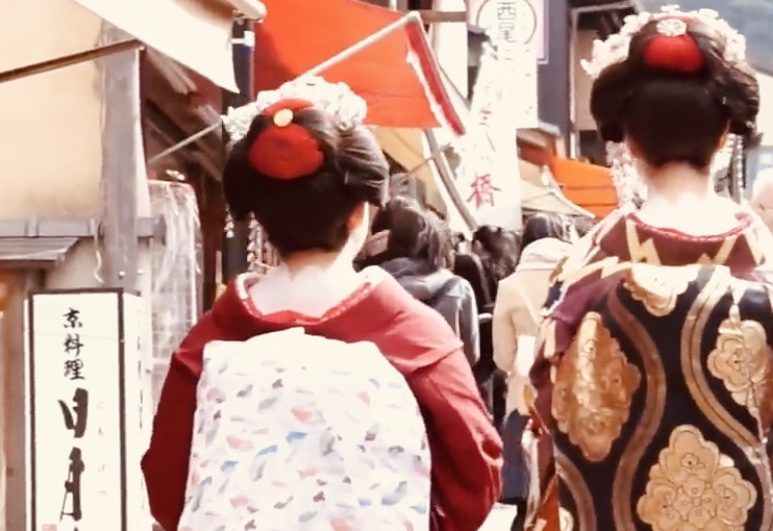Bank of Japan now holds 50 percent of government bonds: Capitalist?
Kanako Mita and Lee Jay Walker
Modern Tokyo Times

Japan is the holder of the highest ratio of debt in the world. At the same time, stock holdings purchased by the Bank of Japan (BOJ) and the Government Pension Investment Fund (GPIF) are extremely high compared with other major capitalist nations in the G7. Therefore, the news that the Bank of Japan now holds 50 percent of all long-term Japanese government bonds isn’t a shock.
In June, the BOJ bought a staggering $120 billion in Japanese Government Bonds (JGBs) to protect its policy of minimal interest rates. The BOJ owns roughly 50 percent of all JGBs long-term debt. This equates to just below 529 trillion yen – just below 4 trillion dollars.
NHK reports, “There are worries that the bank’s increasing assets may have serious repercussions on the financial market, when the BOJ shifts to tapering its monetary easing policy.”
Japan isn’t a capitalist nation in the true sense. For example (by 2020), the holdings of the GPIF and the BOJ were nearly one-eighth of the market capitalization of the Tokyo Stock Exchange (the First Section). Thus, the recent buoyancy of the Japanese stock market is extremely misleading. In essence, the government is utilizing public money to assist mega-corporations – and the wealthy share-owning class.
The BOJ is purchasing the majority of JGBs available to shore up the monetary policy of this institution. Hence, this is leading to internal bond market distortions. Therefore, the bond market and the stock market are distorted in Japan – outside the parameters of capitalist nations.
Some interest rates on short-term bonds are currently offering a higher yield – compared with long-term bonds. However, in a nation that prints money at the drop of a hat – and manipulates the stock market – while having the highest ratio of debt in the world and now buying the majority of JGBs – then nothing surprises people nor the fact that the ruling party rarely suffers such mismanagement of the economy.
Prime Minister Fumio Kishida spoke about his “new capitalism” and a “reinforced distribution” of wealth in Japan to create a fairer society. This comes on the back of three squandered economic decades, two decades of static wages, reduced working rights, the growth of temporary workers, and other negatives.
Kishida’s goal shifted (once elected) because his theory of “new capitalism” is aimed at the asset-owning class and how they should exploit their respective wealth. Naturally, the working poor and lower middle class don’t have assets to exploit (unlike the rich political class that Kishida was born into).
The BOJ seeks to maintain the long-term interest rate at 0.25 percent or below. Yet other leading nations are going in the other direction – thus exacerbating the problem for Japan.
Kyodo News reports, “The BOJ’s attempt to defend its 0.25 percent cap on the benchmark 10-year Japanese government bond yield came as rising long-term interest rates overseas pulled their Japanese counterparts higher. The central bank’s bond-buying spree to maintain ultralow rates contrasted with its U.S and European peers, which are moving to tighten their policy, causing the yen to plunge.”
Japan remains an anomaly within the G7 group – economically, legally (can be held for longer periods than what is normal without being charged), the ratio of debt, and the role of government within the mechanisms of the stock market and other areas of finance.

PLEASE DONATE TO HELP MODERN TOKYO TIMES
Modern Tokyo News is part of the Modern Tokyo Times group
DONATIONS to SUPPORT MODERN TOKYO TIMES – please pay PayPal and DONATE to sawakoart@gmail.com
http://moderntokyotimes.com Modern Tokyo Times – International News and Japan News
http://sawakoart.com – Sawako Utsumi personal website and Modern Tokyo Times artist
https://moderntokyonews.com Modern Tokyo News – Tokyo News and International News
PLEASE JOIN ON TWITTER
https://twitter.com/MTT_News Modern Tokyo Times
PLEASE JOIN ON FACEBOOK
http://facebook.com/moderntokyotimes
T